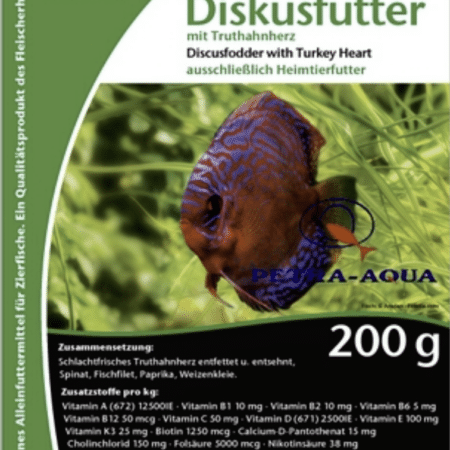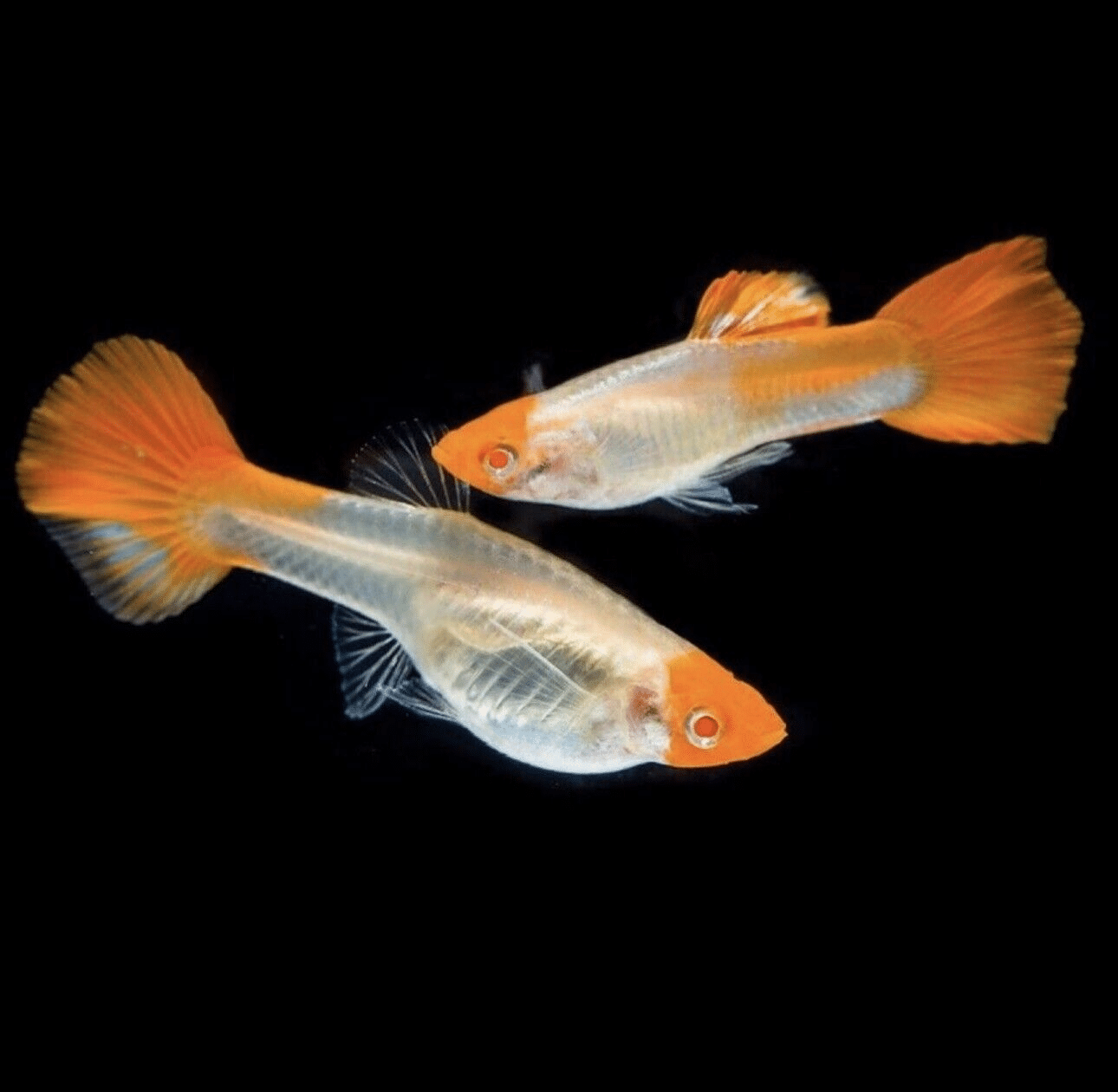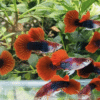-
×
-
×
-
×
-
×
-
×
Subtotal: £81.77



















Emily Carter (verified owner) –
I recently purchased a pair of Albino Koi Red Nose Guppies (1 male and 1 female), and I couldn’t be happier! After about 6 weeks in my community tank, these little beauties have thrived. Their vibrant colors and lively personalities truly add a spark to my aquarium. I was initially a bit worried about introducing new fish, but these guppies have settled in seamlessly and are socializing well with my other community fish.
One thing I appreciate about these guppies is their hardiness. Compared to other varieties I’ve had in the past, these Albino Koi have shown no signs of stress, and their appetite for quality fish food is impressive. I’ve noticed that they love nibbling on flakes and occasionally enjoy some frozen brine shrimp as a treat.
The shipping was quick, and they arrived in perfect health, which is a testament to the seller’s care. If you’re looking for an eye-catching pair to brighten up your tank and are mindful of fish welfare, I highly recommend these guppies. They would be perfect for both novice and experienced aquarists alike. Just be sure to provide them with plenty of hiding spots as they can be a bit shy at first. I’ve truly enjoyed every moment with these little guys!
Emily Carter (verified owner) –
I recently added the Albino Koi Red Nose Guppies to my aquarium, and I couldn’t be more thrilled! For a beginner like me, these fish are incredibly easy to care for, making them perfect tropical fish to start with. It’s been about three weeks since I introduced them to my community tank, and they have already brought so much life and color to the setup. The male and female pair are vibrant, with the male displaying stunning colors! I was a bit nervous about how they would adapt, but they settled in quickly, swimming around happily among my other fish.
One of the things I love most is how active they are; they often engage in playful swims, which is delightful to watch. However, I did notice they are a little shy around larger fish, so that’s something to keep in mind if you have a mixed-species tank.
I highly recommend these guppies for anyone looking to start their aquarium journey! They are not only beautiful but also contribute to a thriving ecosystem. I’ve already told my friends how wonderful they are – I would definitely buy them again!
Shipping was swift, and they arrived healthy and well-packaged. Make sure to give them a cozy environment, and you’ll see them thrive!
Emily Carter (verified owner) –
I recently purchased a pair of Albino Koi Red Nose Guppies, and I couldn’t be happier! As a caring fish parent, I always prioritize the health and happiness of my little swimmers. These guppies have been a delightful addition to my 20-gallon community tank, and after just two weeks, they’ve settled in beautifully. The male’s vibrant colors and the female’s unique pattern are breathtaking and truly bring my aquarium to life.
One of the best aspects of these guppies is their adaptability. They thrive in various conditions, and I’ve noticed how sociable they are with my other community fish. I’ve had experiences with other guppy varieties before, but these albino koi guppies stand out with their stunning looks and gentle demeanor. My only minor concern was that the male was a bit shy at first, but he’s become more confident with time.
For beginners or anyone looking to add lively, colorful friends to their fish tank, I highly recommend these guppies. They are easy to care for and bring so much joy! Plus, the shipping was prompt, and they arrived in excellent condition. I would definitely buy again!